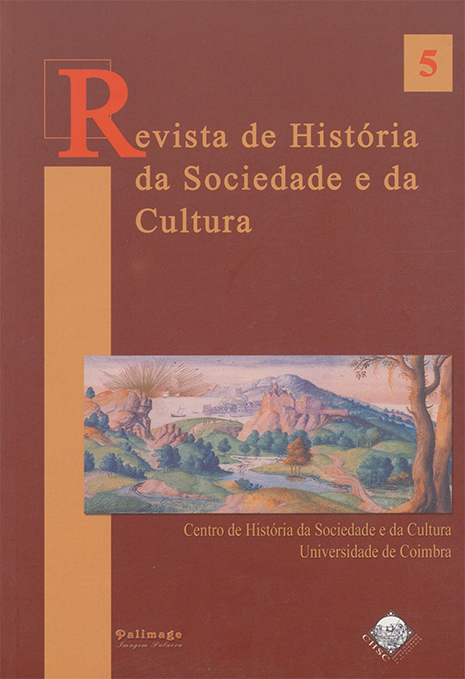The building of a lay state in Portugal
DOI:
https://doi.org/10.14195/1645-2259_5_5Keywords:
Catholic State, secularism, separation, anticlericalism, episcopate, lower clergy, Holy See, New State, Catholicism, divorce, religious freedom, Concordata, religious pluralism, toleranceAbstract
The process of building a Portuguese lay state was long and was not limited to the adoption of the Afonso Costa Act of 20 April 1911, which instated separation between State and Church. In the late 19th century, the Catholic State was contested by Republicans, Socialists and Anarchists, who defended that political power should not interfere in religious matters. After the Declaration of the Republic, the secularist trend began to grow, to some extent similar to developments in France. This met strong opposition from the episcopate, mostly lower clergy and the Holy See. During New State rule, although the Catholic Church regained old powers, the State remained secular. However, in virtue of the strong role that the Church played, "catholaicity" was how Portuguese State rule was called. In democracy, State secularity was enhanced by the Constitution of the Republic, the Religious Freedom Act and the new Concordata.
Downloads
Downloads
Published
Issue
Section
License

This work is licensed under a Creative Commons Attribution 4.0 International License.
Authors retain copyright and grant the journal right of first publication with the work simultaneously licensed under a Creative Commons Attribution License that allows sharing the work with recognition of authorship and initial publication in Antropologia Portuguesa journal.











